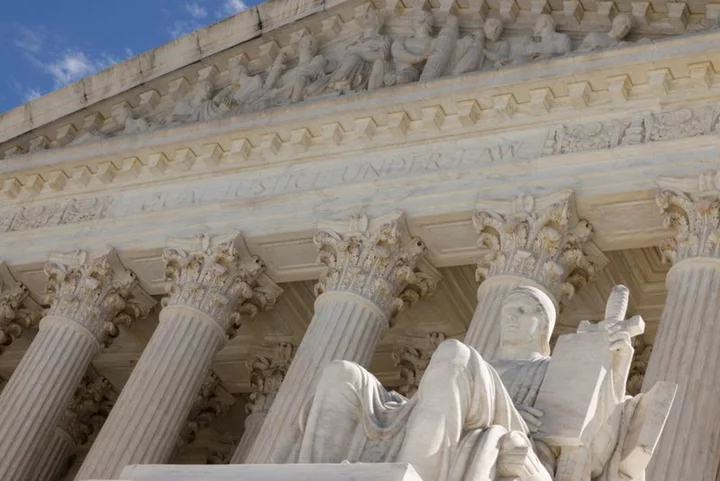
US Supreme Court to weigh state laws constraining social media companies
By Andrew Chung (Reuters) -The U.S. Supreme Court on Friday agreed to decide the legality of Republican-backed state laws in
2023-09-29 21:49
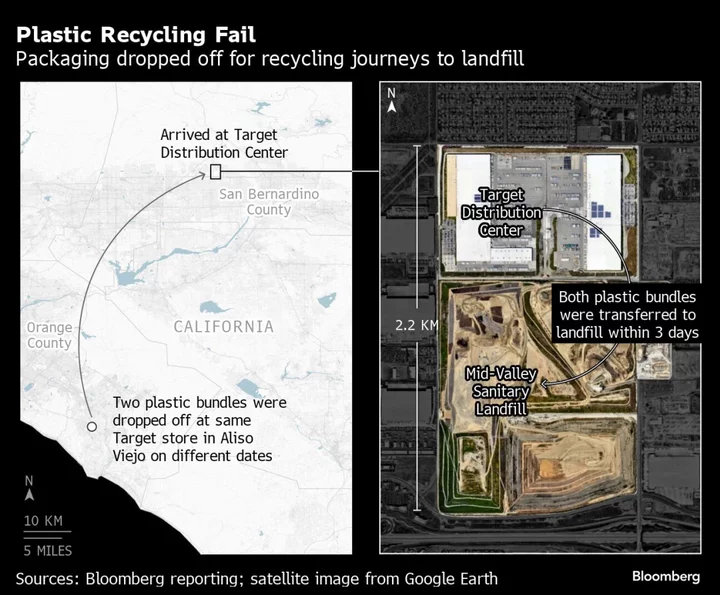
Don’t Trust Plastic Snack Wrappers With Recycling Instructions
The former teen idol Zac Efron is riding a skateboard, and then he’s dressed for some reason in
2023-09-29 21:49
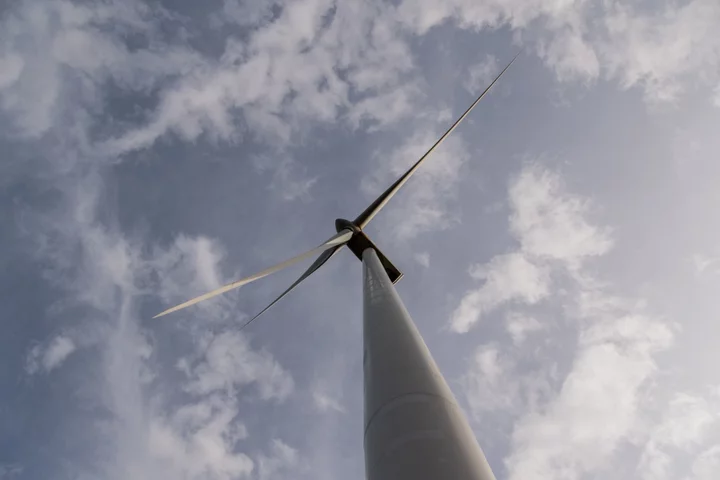
Renewable Energy Champion Kenya Plans Africa’s Biggest Wind Farm
Kenya Electricity Generating Co., the East African nation’s main power producer, plans a 1,000 megawatt wind farm that
2023-09-29 21:19
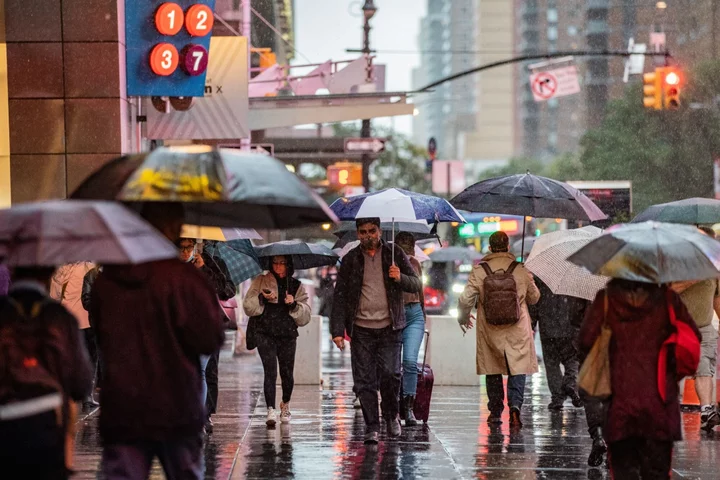
NYC Faces Flooding as Rain Drenches the City: Weather Watch
As much as three inches of rain could fall across New York City on Friday, raising the danger
2023-09-29 20:54
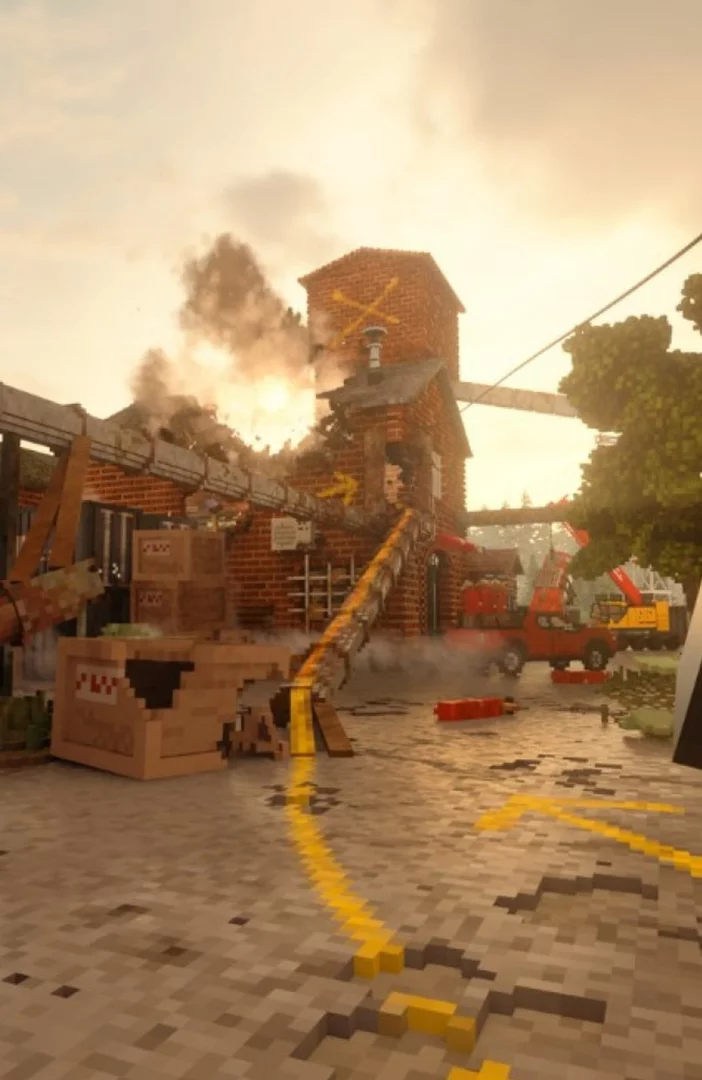
Teardown to land on PlayStation 5 in November
Tuxedo Labs CEO Marcus Dawson has teased the launch of 'Teardown'.
2023-09-29 20:25
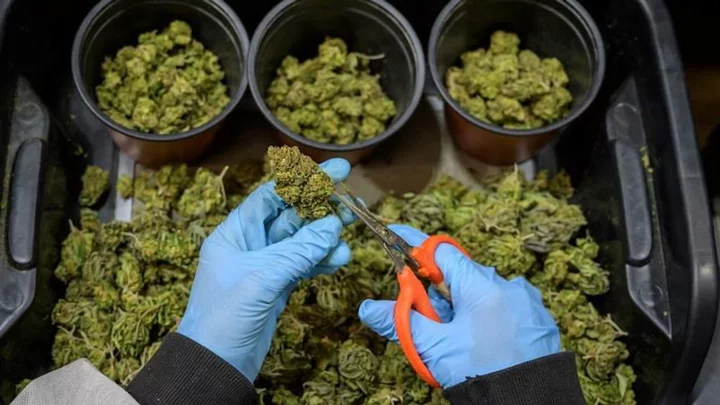
This is what cannabis does to your body minute by minute
Debates around the legalisation of cannabis have existed for years, with cannabis currently considered a class B drug in the UK. This means you can be prosecuted with up to five years in prison or a fine of up to £2,500 if you're found in possession of it. Different factors can affect how cannabis will affect you. For example, smoking weed will meant the effects kick in a lot faster than if you were to take an edible. Age, height, weight, and tolerance levels can also change how you experience the effects of cannabis. However, here's a quick breakdown of how cannabis effects you, minute-by-minute: It can take anywhere between 2 and 10 minutes for the effects of smoking weed to kick in. However, according to Healthline if you take an edible, you could be waiting for half an hour to two hours before you start to feel the effects. One of the first effects you'll begin to feel is an increase in pulse rate. WebMD suggests that your heart rate can rise by 20 to 50 bears from the normal rate of 50 to 70 bears per minute. Your heart rate can stay at the increased rate for up to 3 hours after you use cannabis. Next, the blood vessels in your eyes will dilate, likely turning your eyes red as a result. If you smoked the cannabis, the THC (the main psychoactive compound in cannabis) will be fully absorbed into your blood around the 20-minute mark. However, if you took an edible this takes longer due to the THC needing to be absorbed by your liver. The body's neural chemistry can be altered once the THC is fully settled in your system, stimulating the part of your brain that responds to pleasure. This releases dopamine, resulting in the relaxed state often associated with smoking weed. However, some individuals can also feel anxious and have a panic attack as a result. Around this time is when you'll be hit with the 'munchies'. This is because the THC finds the olfactory bulb (which impacts your sense of taste and smell) in you brain, and can convince you that you're hungry, even if you're not. Roughly 30-minutes in is when the effects reach its peak, lasting up to five or six hours. You may begin to feel sleepy or confused, as well as getting the giggles. Depending on the strain of THC used, these effects can last longer, resulting in lasting impaired judgement. Although the effects mostly wear off within a few hours, traces of cannabis can still be prevalent in a urine test two or three days later. Sign up to our free Indy100 weekly newsletter Have your say in our news democracy. Click the upvote icon at the top of the page to help raise this article through the indy100 rankings.
2023-09-29 20:18
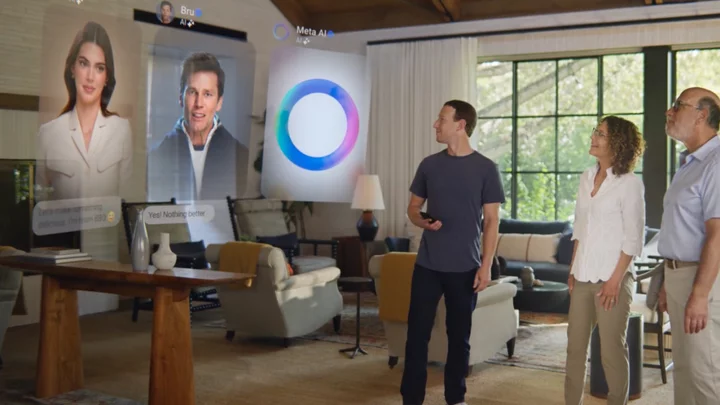
Mark Zuckerberg's latest AI product has been deemed 'cringiest AI of all time'
Mark Zuckerberg, CEO of Meta, revealed its latest AI product containing quite a few familiar faces, but people are unimpressed. On Wednesday at Meta's Connect conference, Zuckerberg unveiled Meta's new AI assistant at its headquarters in Menlo Park, California. The digital assistant has drawn comparisons to ChatGPT, where the program generates in-depth and detailed answers to text queries. What makes it different from other AI assistants, however, is that the assistants have faces of celebrities such as Paris Hilton, Kendall Jenner, and Mr. Beast. The various celebrities partnered with Meta to introduce its "cast of characters". For example, Billie - portrayed by Kendall Jenner - is described as your "No-BS, ride-or-die companion". Roy Choi, a Korean-American chef, plays Max, a "seasoned sous chef for culinary tips and tricks". Each character has also been given their own profile on Instagram and Facebook. Zuckerberg posted the announcement in a video to his Instagram and Facebook profiles, involving him and his family displaying their poor acting skills, as well as Kendall Jenner, Tom Brady, Charli D'Amelio, Snoop Dogg, and Dwayne Wade as their AI assistant characters. But whilst Zuckerberg seemed impressed with the new product, most viewers did not share the same sentiments. Host of Corporate Gossip podcast Becca Platsky posted her reaction to the announcement video, calling it the "cringiest AI of all time". "There's something this product gets so wrong about the way people interact with influencers," Platsky says. "And one thing is influencer snark. That drives a lot of engagement to real life influencers, but nobody's gonna snark on a robot!" She also said, "I'm also not sure how many people are going to want to give Kendall Jenner more money for doing less work." Comments under Platsky's TikTok overwhelmingly agreed. Some called it "embarrassing" whilst another user said it felt "like an SNL skit." "I feel like they think we care about celebrities more than we actually do," commented another user. The criticism didn't stop there though, with many commenting under Zuckerberg's announcement letting him now their thoughts. One user called it "depressing" and said "adding more AI to talk to on [an] everyday basis, this is just loneliness amplified." Another gave Zuckerberg the advice to "fire everyone in your staff that failed to tell you how monumentally stupid this video is." Adding, "who the hell needs to chat to AI friends that look like celebrities?" Sign up to our free Indy100 weekly newsletter Have your say in our news democracy. Click the upvote icon at the top of the page to help raise this article through the indy100 rankings.
2023-09-29 19:15
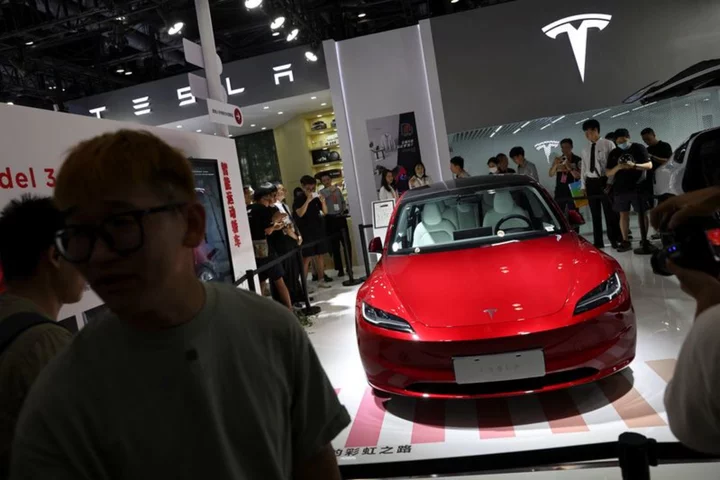
Tesla's deliveries expected to fall on plant shutdowns, soft demand
By Aditya Soni Tesla may miss estimates for third-quarter deliveries due to planned factory shutdowns and soft demand
2023-09-29 18:30
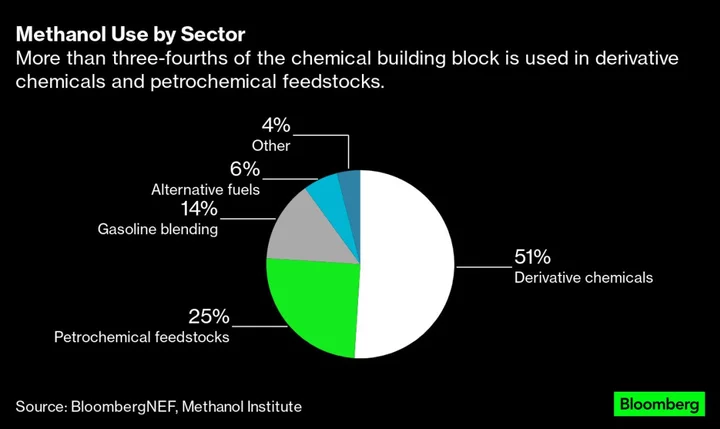
Giant Gas-to-Methanol Machines Could Curb Methane Emissions
Semi trailer-sized machines could provide a unique solution to a major source of the fossil fuel industry’s methane
2023-09-29 18:22
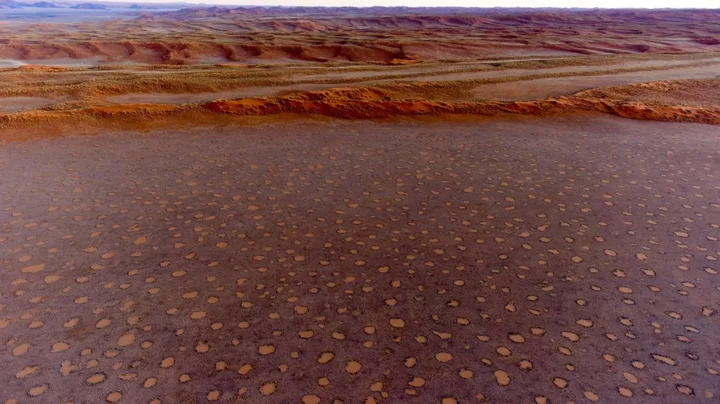
Mysterious fairy circles are increasing across the world and scientists are baffled
A natural phenomenon consisting of polka-dot-style formations has been cropping up around the world, and scientists are baffled as to why. The circular-shaped patches of ground have been seen in deserts in Australia and Namibia but now experts believe they are more widespread than originally thought. Known as “fairy circles”, there are now 263 known sites across the globe where they can be found, according to new research published in the journal Proceedings of the National Academy of Sciences (PNAS). They have been documented in 15 countries, across three continents, including the Sahel region of Africa, Madagascar, and in Middle-West Asia. And yet, despite the spread of these anomalies, scientists are still none the wiser about how they actually form. A team led by environmental scientist Emilio Guirado, of the University of Alicante in Spain, explained in their paper on the "intriguing" phenomenon: “We conducted a global and systematic assessment of fairy circle-like vegetation patterns and discovered hundreds of [fairy-circle]-like locations on three continents. “Our study provides insights into the ecology and biogeography of these fascinating vegetation patterns and the first atlas of their global distribution.” The mysterious circles appear in desert regions and can be as wide as 12 metres (39 feet) in diameter. They are almost always spaced out and rarely connect or overlap with one another. Several theories have been put forward as to what causes them, including, tiny insects, termites, and plant toxins. But, none have been accompanied by any significant evidence and some have been debunked completely. One significant factor limiting their study is they are often found in places that are difficult to access and are inhospitable. Locating the 263 different sites of “fairy circles” involved analysing high-resolution satellite imagery. Guirado and his team wrote in their paper: “[The sites] include those already identified in Namibia and Western Australia, as well as areas never described before, including the Sahel, Western Sahara, Horn of Africa, Madagascar, Southwest Asia, or Central and Southwest Australia. “By doing so, our study provides a global atlas of areas showing FC-like vegetation patterns and expands the known existence of this vegetation type to new countries and continents.” The team hopes that locating new sites will enable them to find common traits that may point towards their cause. Sign up to our free Indy100 weekly newsletter Have your say in our news democracy. Click the upvote icon at the top of the page to help raise this article through the indy100 rankings.
2023-09-29 16:21
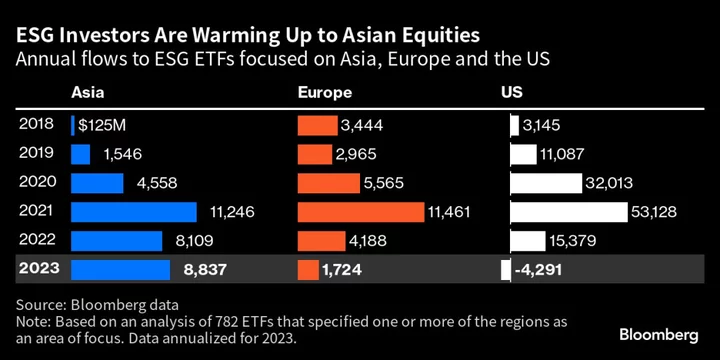
Unrelenting Fed Hikes Are Good News for Asia ESG Investors
Rising interest rates in the US and Europe are forcing environmentally focused investors to rethink a market long-considered
2023-09-29 15:58
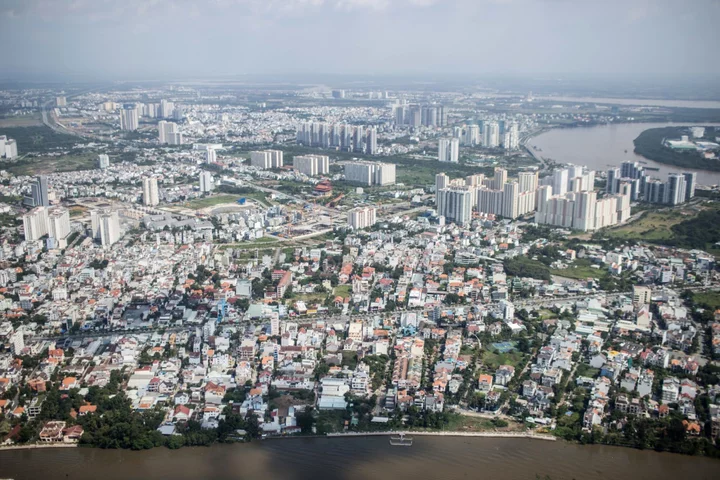
US “Deeply Concerned” About Jailing of Vietnam Environmentalist
The US is “deeply concerned” about the sentencing of former Obama Foundation Scholar Hoang Thi Minh Hong to
2023-09-29 14:47
